BMW should revive their most legendary supercar
As supercar powerhouses turn to plug-in hybrid tech and all-wheel drive for improved performance, BMW's available technology is more than capable of competing.
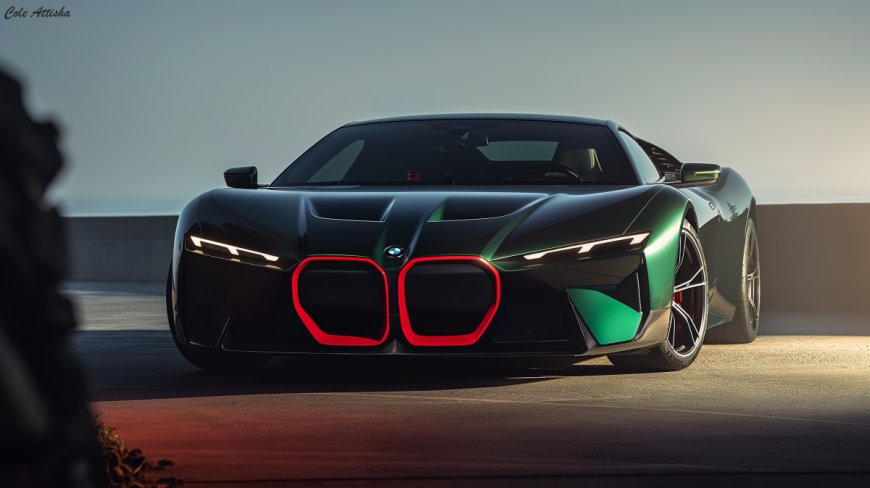
When BMW released the M1 in 1978, it was a drastic departure from what people expected from the automaker. With wedge-like proportions, funky Campagnolo alloy wheels, and a mid-mounted engine, the M1 proved to the world that BMW could produce an attractive supercar that could still be used on the regular – unlike rival offerings of the era.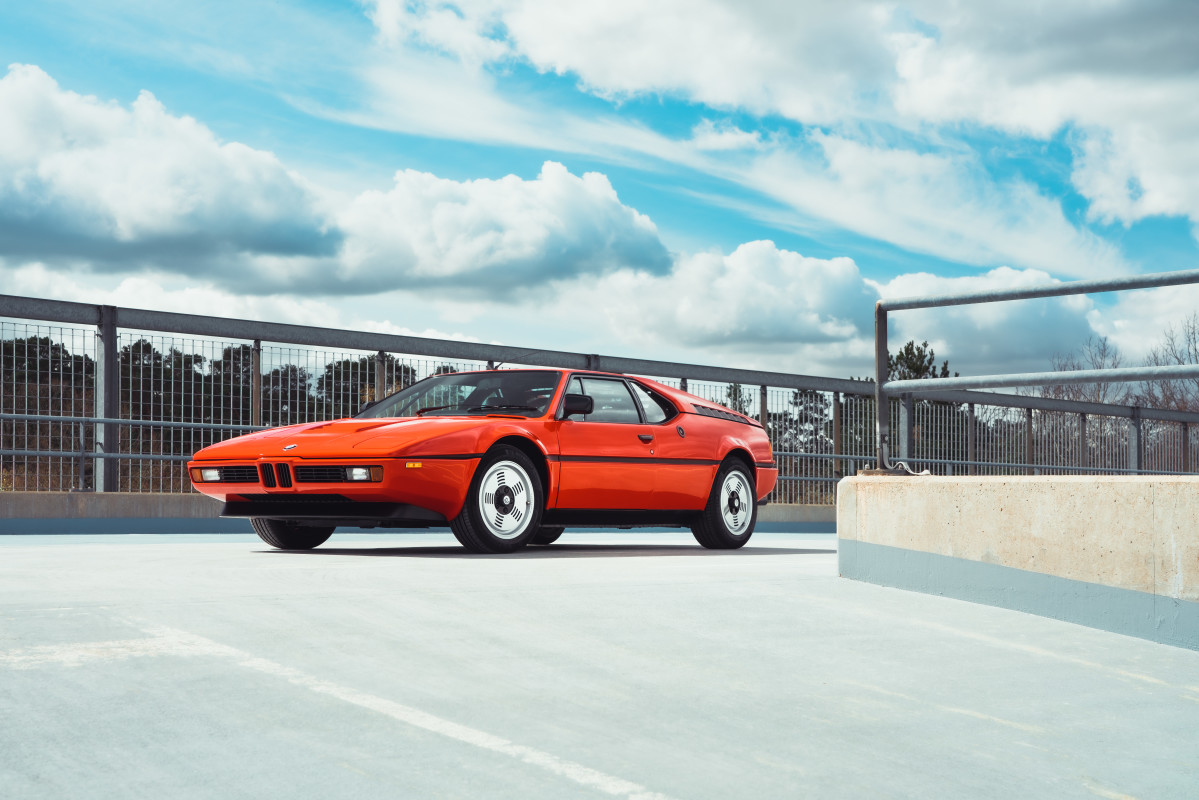
The BMW M1's legacy echoes to this day
The M1 was like a flag planted in the sand for BMW, standing tall and proud, proving forever that BMW is capable of creating more than dynamically balanced sport saloons and handsome estate cars. It's an automotive treasure that is remembered and beloved by enthusiasts today, and is still worthy of bedroom wall poster space.
Related: The 6 best driver’s cars you can buy for $40,000 to $50,000
Although the M1 only used a six-cylinder power plant, it still produced significantly more muscle than Ferrari's V8-powered counterpart, the 308 GTS Quattrovalvole. The M1's naturally-aspirated 3.5L M88 straight-six made 273 horsepower and 243 lb-ft of torque, whereas the Ferrari's quad-cam 2.9L V8 produced 240 horsepower and 192 lb-ft of torque in European-spec models. The M1 also offered more power than the Lamborghini Urraco's quad-cam 3.0L V8. BMW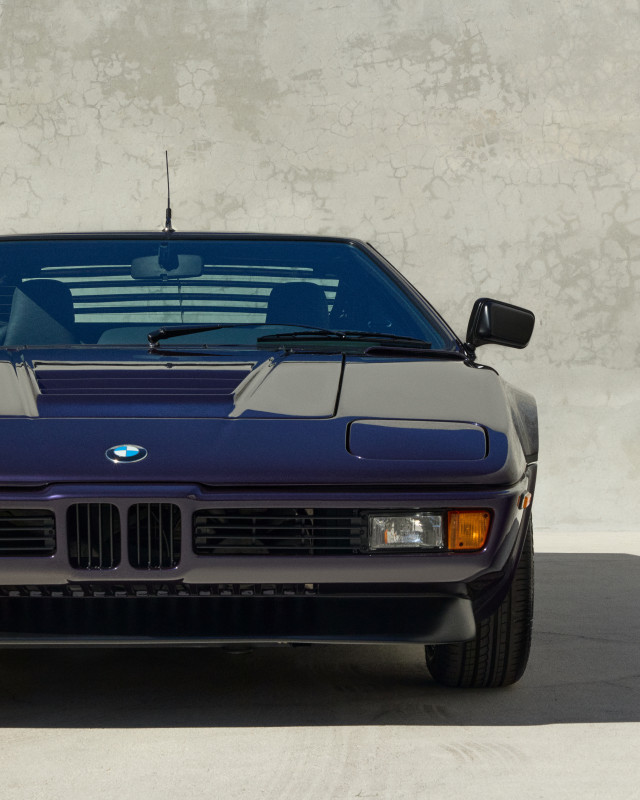
M1 showed the world that supercars could still be reliable and practical
Although the M1 out-powered its Italian rivals, it still seemed ambitious for BMW to price their supercar at almost twice as much as Ferrari's 308 at the time. However, thanks to the supreme build quality, time-tested reliability, and engineering prowess that went into the M1's development, its excellence has been reflected in the model's value today.
Related: 2024 Maserati GranTurismo Modena review: Tradition and turbos in perfect harmony
For example, RM Sotheby's recently sold a 1981 BMW M1 at auction in Miami for an eye-watering $742,000 USD. Clean Ferrari 308 GTS examples sell on BringaTrailer for less than ten percent of that value. The M1 has become a true holy grail collector classic, proving that BMW's development efforts have paid off in the long run by creating a lasting legacy for the brand that echoes through time. BMW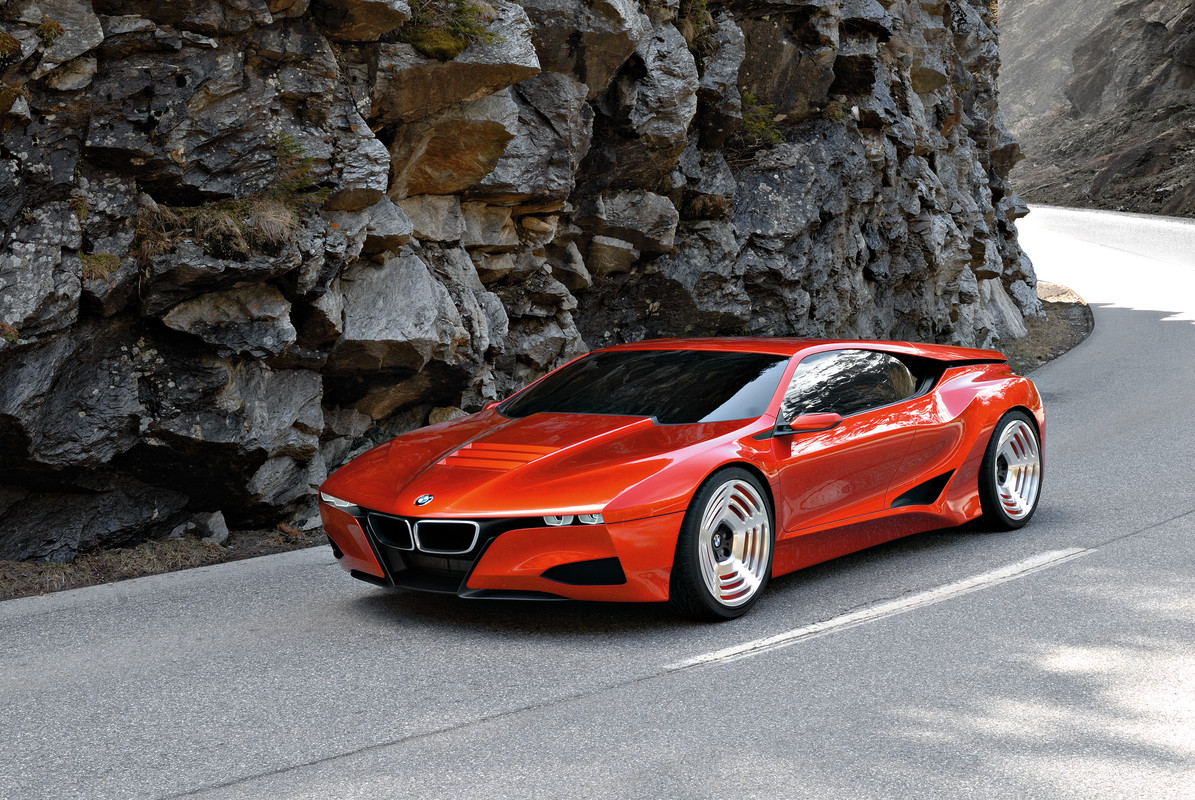
The M1's essence left an everlasting aroma in BMW's model lineup
In 2008, BMW unveiled the M1 Homage Concept to celebrate the thirty-year anniversary of the storied original supercar. Retaining its signature mid-engine proportions, the Homage Concept combined the distinctive styling cues of the M1 with an essence of modernity.
Related: Reviving these three models might save Nissan from bankruptcy
If the Homage Concept looks strangely familiar to you, don't be surprised. Many of its styling cues and dimensions made their way to BMW's production PHEV sports car, the i8. By combining a plug-in hybrid powertrain with a mid-engine, all-wheel drive platform, the i8 maintained the ethos of the M1 by combining an everyday user friendly experience with thrilling performance and graceful handling. BMW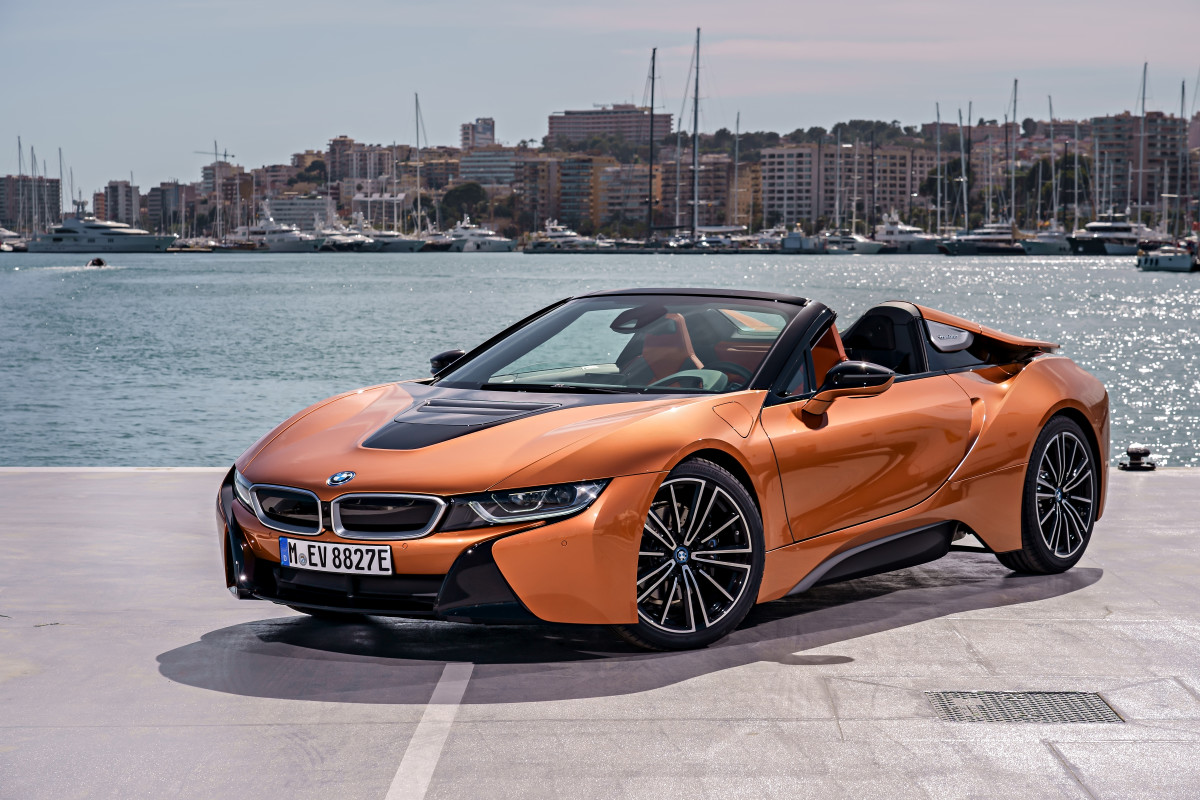
Although the i8 had its heart in the right place, a lackluster 1.5L turbocharged three-cylinder sourced from the MINI Cooper was paired with the hybrid electric system, turning off enthusiasts who knew that the less-expensive M4 offered superior performance and more space for daily use.
For context, the 369 horsepower i8 had a starting price of $148,495 in 2020. The M4 of the same year, however, produced 425 horsepower, and its MSRP was less than half of the i8's at just $70,145. The performance value proposition just wasn't justified.
Related: 2025 Volvo XC90: Classic Volvo SUV gets a plugged-in update
After its six-year run, BMW ceased production of the i8 in 2020, with no replacement in sight. Although the i8 saw relatively mediocre sales figures, it did account for ten percent of BMW's global electrified vehicle sales by 2016. More importantly, however, the i8 proved that BMW could at least successfully execute the production of an engaging sports car with an integrated plug-in hybrid system. BMW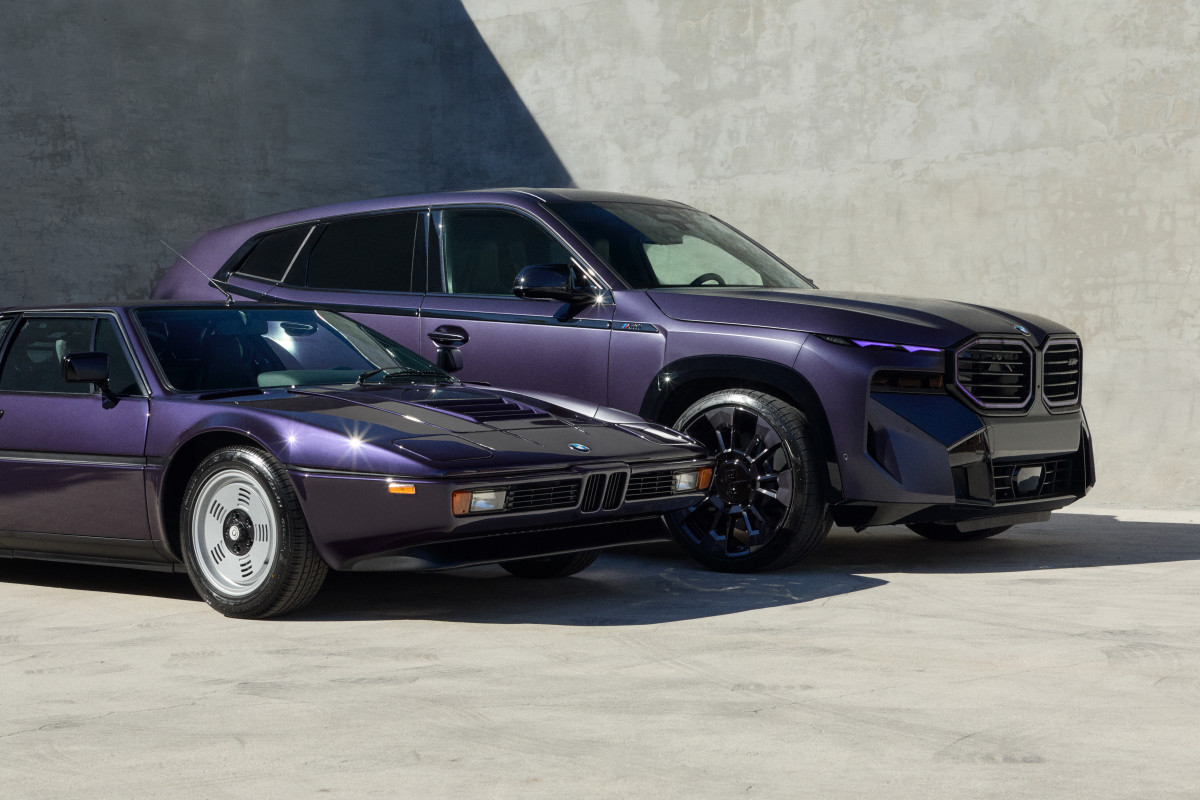
These days, BMW is no stranger to plug-in hybrid performance
The plug-in hybrid lessons learned from the i8 have been integrated into some of BMW's latest high-performance models, like the XM and the G90 M5. Now combined with the twin-turbocharged S68 4.4L V8, BMW's plug-in performance power plant produces 717 ponies and 738 lb-ft of torque in the 2025 M5. It's a massive upgrade from the i8's 369 horsepower output and demonstrates the evolution of the i8's tech.
Related: EV battery prices are plunging
The integration of plug-in hybrid powertrains coexisting with turbocharged V8 engines has admittedly been a mixed bag of results for BMW. While the G90 M5 boasts supercar-level stats, like the proven ability to sprint from 0-60 miles per hour in just 3 seconds, its massive weight figure compromises handling. With a gargantuan curb weight rating of 5,368 pounds, the G90 M5 is heavier than a V12-powered Mercedes-Maybach S680 4MATIC – a full-size ultra-luxurious limousine. Aston Martin
PHEV supercars have become the status quo
BMW isn't the only one integrating plug-in hybrid technology into its mainstream performance vehicles. Lamborghini has announced the upcoming Temerario, which employs a twin-turbo, flat-plane crankshaft, 4.0L V8 paired with plug-in hybrid tech. Ferrari's SF90 has dominated rivals with a similar setup, and Aston Martin has recently unveiled the Valhalla, which also uses a plug-in hybrid, twin-turbo 4.0L V8 power plant.
Related: Lamborghini goes ice-drifting | Esperienza Neve conquers Mongolia’s frozen lakes
Given that BMW has been able to achieve supercar levels of performance with their plug-in hybrid V8 powertrains, it seems like now would be the perfect opportunity for the brand to build off the legacy of the M1 and the technological innovation of the i8 even further. The aforementioned supercars provide excellent benchmarks for BMW to chase, and maybe they'll be able to repeat their late-70s success over more established supercar powerhouses like Ferrari, Lamborghini, and Aston Martin. Cole Attisha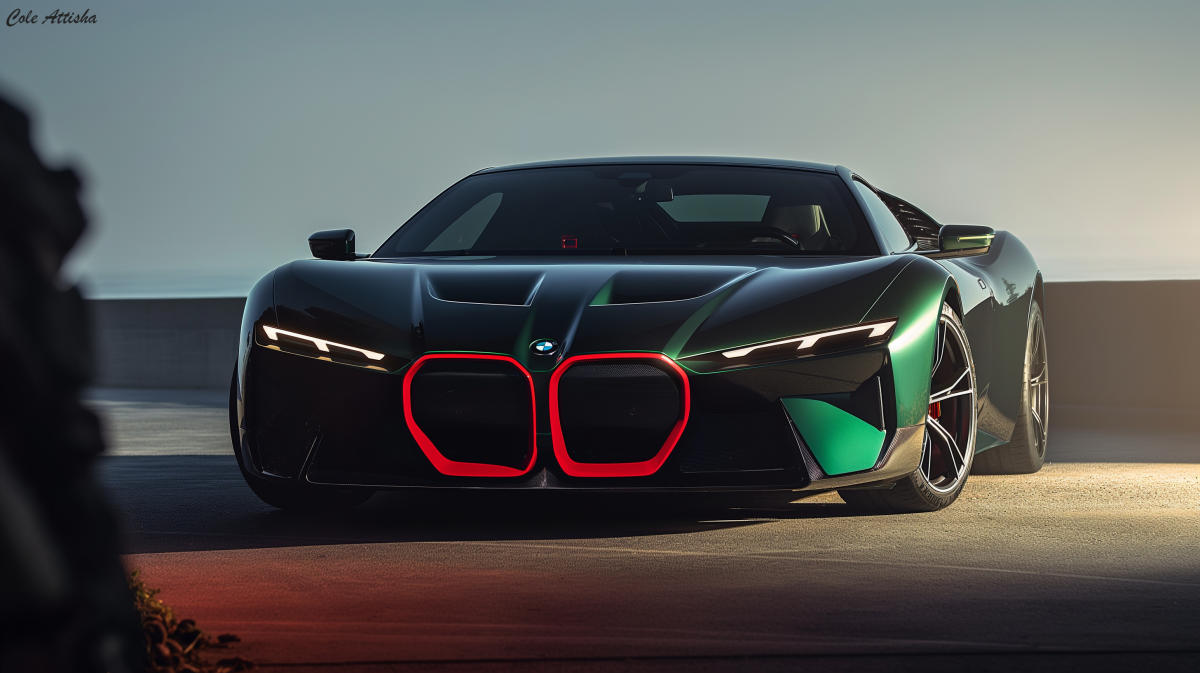
A PHEV M1 revival could shut down naysayers once and for all
By implementing their plug-in hybrid V8 powertrain technology into a contemporary M1 revival, BMW could prove the capabilities of their most recent investments in the big leagues. That being said, even though the G90 M5's 717 horsepower is astonishing, it's not quite enough power to properly compete against other supercars in its class.
Related: Will the next-gen 2025 Dodge Charger EV be a hit or miss?
To overcome this hurdle, BMW could take a page out of the Mercedes-AMG GT Black Series' playbook by converting their twin-turbocharged S68 4.4L V8 engine to a flat-plane crankshaft design. Not only would this strategy increase horsepower to levels competitive with the likes of the Temerario and Valhalla, but it would also mitigate torque gains in the low end, resulting in a more balanced power band. Above all else, it would also sound phenomenal and give the M1 the distinctive exhaust note it deserves. Cole Attisha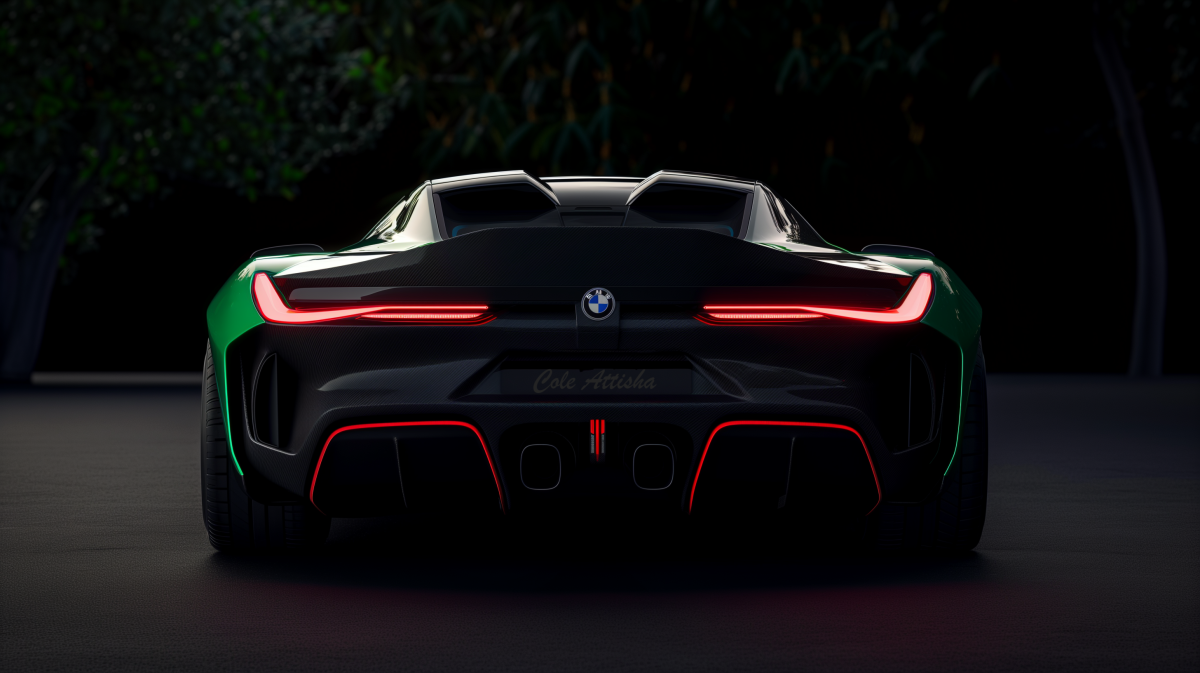
Weight management and balanced handling are also key components of success
A jaw-dropping power figure is necessary for the M1 to remain competitive, but it's not the only element to consider. A supercar can't weigh more than a chauffeured limousine as the new M5 does, so the M1 must use lightweight materials like carbon fiber for its chassis construction and as many body components as possible to keep its weight down. Effective aerodynamics will also play a key role in improving the M1's handling capabilities.
Related: Porsche’s Chinese market struggles deepen
To ensure the handling stays balanced, the M1 would employ an xDrive all-wheel drive system setup similar to what was used in the i8, ensuring that weight and power are distributed evenly amongst all four wheels. In addition to offering superior cornering traction, the all-wheel drive system would be necessary to tame its massive power figure, which would likely sit around the 1,000 horsepower mark. Cole Attisha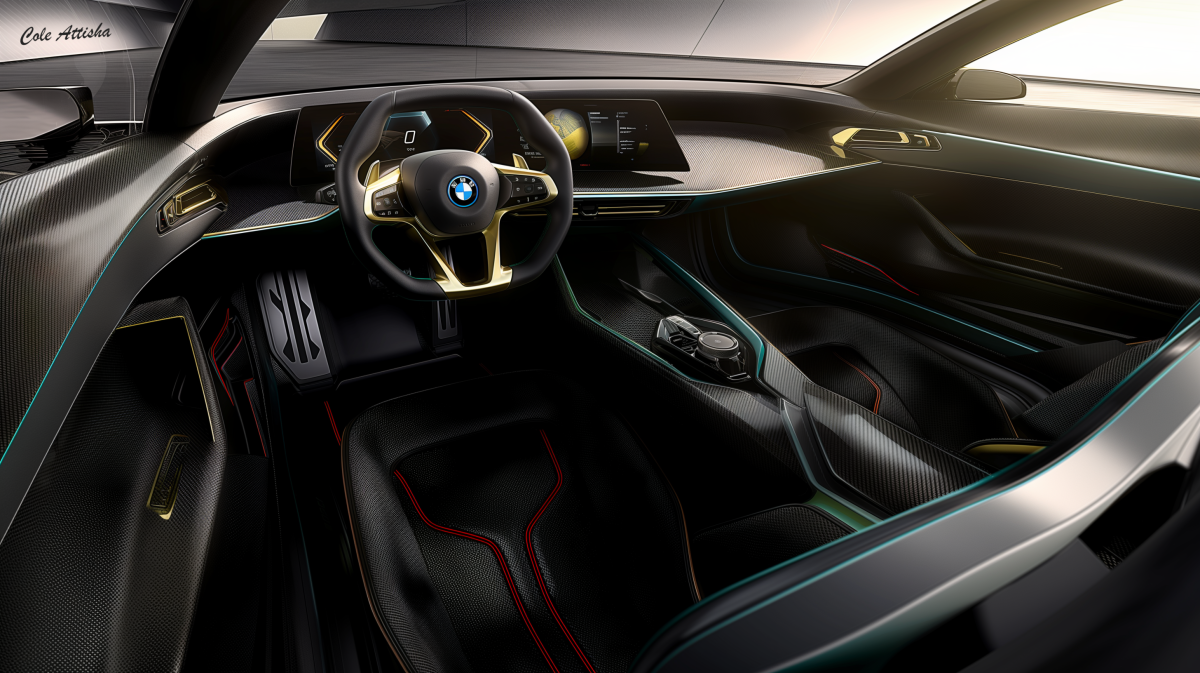
The 2026 BMW M1 would balance wicked performance with sensible utility
The beauty of a plug-in hybrid powertrain is its ability to change a car from the wicked Mr. Hyde to the restrained Dr. Jekyll with only the push of a button. Paired with xDrive all-wheel drive, the M1 could offer world-beating performance thrills in a vehicle that could also be used for the weekly grocery run and inner-city work commutes in any season or climate.
Related: 2025 Hyundai Elantra N: 4 reasons to love it, 2 reasons to think twice
This may all just be a senseless daydream in the end, but there's no denying that BMW is more than capable of producing such a machine with its currently available powertrains and innovative hybrid technology. BMW already has the reputation to justify selling a supercar of this performance and price level, and it could provide the brand with an excellent opportunity to prove the dominance of its PHEV technology in a high-stakes performance setting. BMW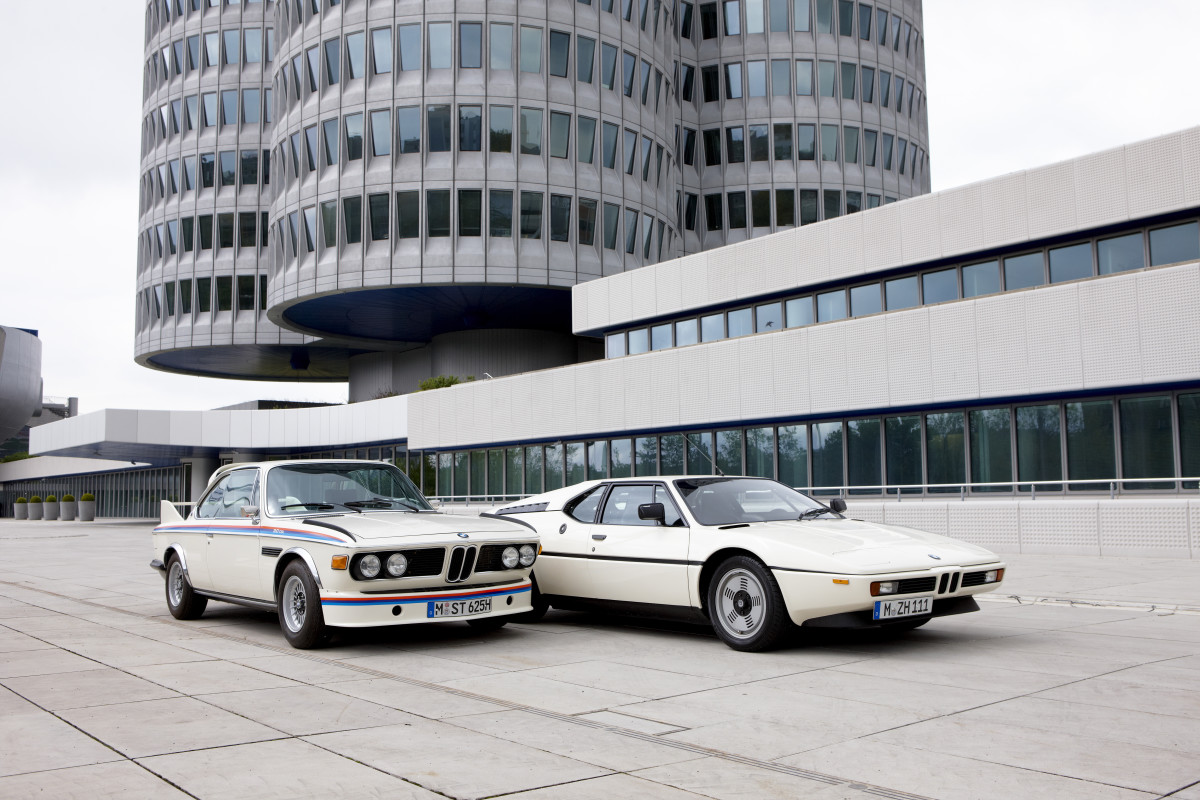
Final thoughts
Now that combining plug-in hybrid battery technology with high-output, turbocharged petrol engines has become standard practice in the exotic supercar industry, BMW has a chance to make a statement with the revival of the legendary M1 supercar.
Related: Rivian's AI voice assistant coming in 2025
BMW already has the necessary powertrain, the technological know-how, and the performance pedigree to pull off such a feat to a high degree of success. This move would shut down the naysayers once and for all and prove to the world that BMW's commitment to plug-in hybrid technology is the correct strategy moving forward. Plus, it would bring the world yet another fantastic supercar to hang on our bedroom walls and dream about.
Would you like to see the BMW M1 revived as a screaming, flat-plane crankshaft V8-powered plug-in hybrid supercar, or do you think it should just not exist at all? Should BMW officially license an M1 resto-mod project instead, or should they revive a different nameplate, such as the Nazca? Let us know how you feel in the comments – we love to hear your thoughts!











































